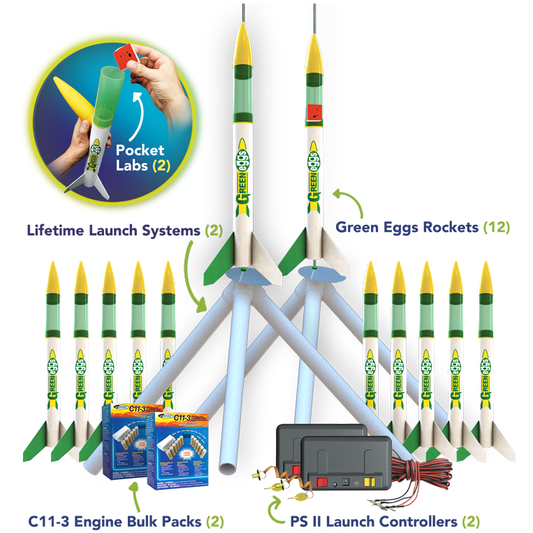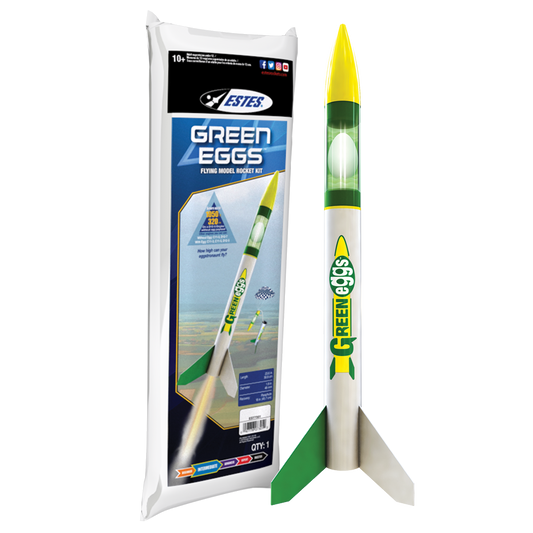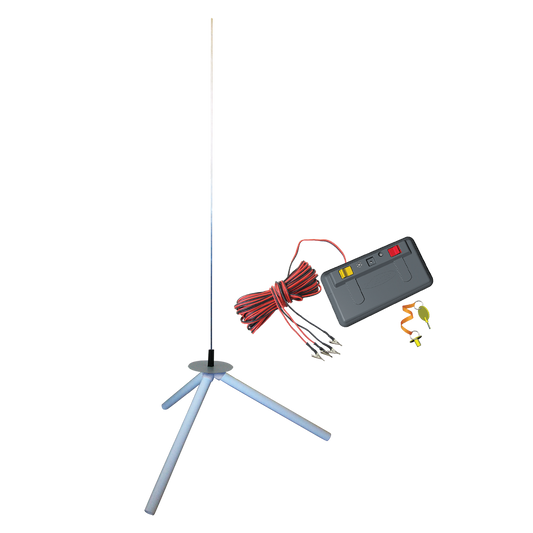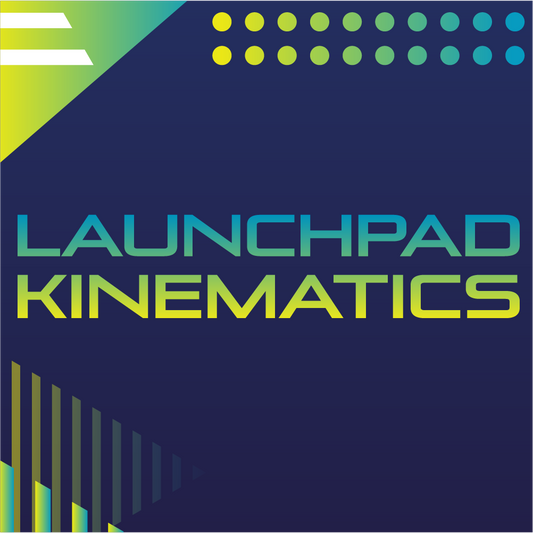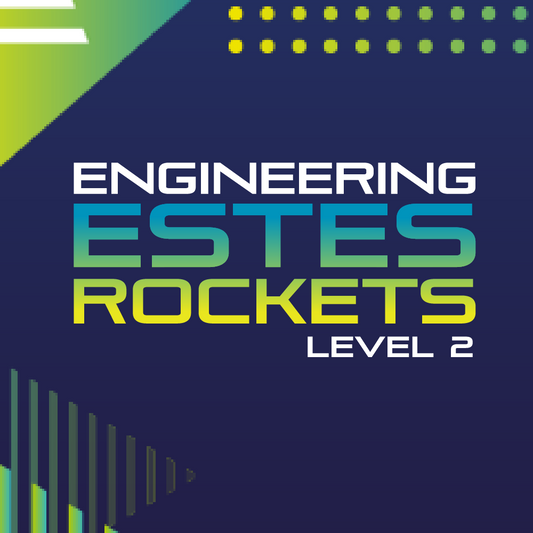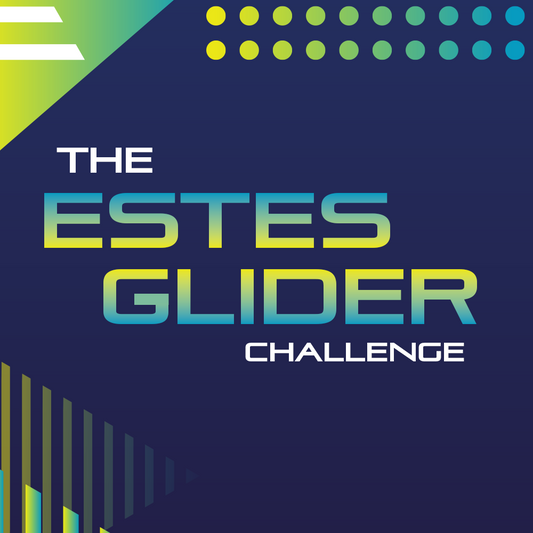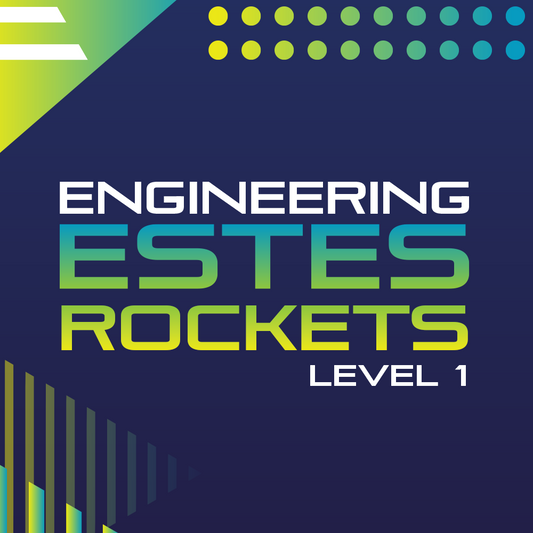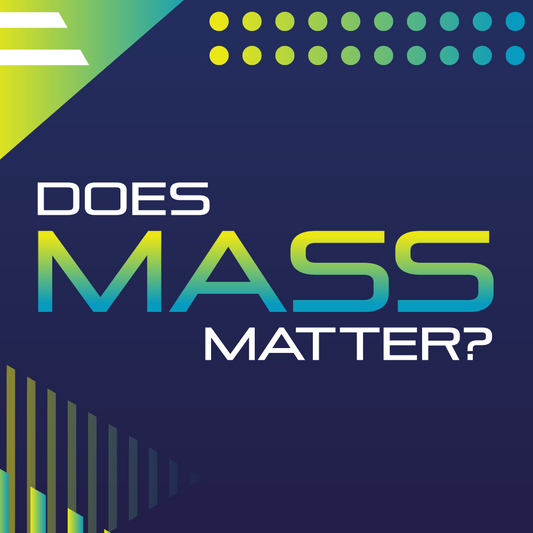MS-PS.2.2
Plan an investigation to provide evidence that the change in an object’s motion depends on the sum of the forces on the object and the mass of the object.
MS-PS.2.4
Construct and present arguments using evidence to support the claim that gravitational interactions are attractive and depend on the masses of interacting objects.
MS-PS.3.1
Construct and interpret graphical displays of data to describe the relationships of kinetic energy to the mass of an object and to the speed of an object.
MS-ETS 1-1
Define the criteria and constraints of a design problem with sufficient precision to ensure a successful solution, taking into account relevant scientific principles and potential impacts on people and the natural environment that may limit possible solutions.
MS-ETS 1-2
Evaluate competing design solutions based on jointly developed and agreed-upon design criteria using a systematic process to determine how well they meet the criteria and constraints of the problem.
MS-ETS 1-3
Analyze data from tests to determine similarities and differences among several design solutions to identify the best characteristics of each that can be combined into a new solution to better meet the criteria for success.
MS-ETS 1-4
Develop a model to generate data for iterative testing and modification of a proposed object, tool, or process such that an optimal design can be achieved.
Write and evaluate numerical expressions involving whole-number exponents.
Use variables to represent two quantities in a real-world problem that change in relationship to one another.

